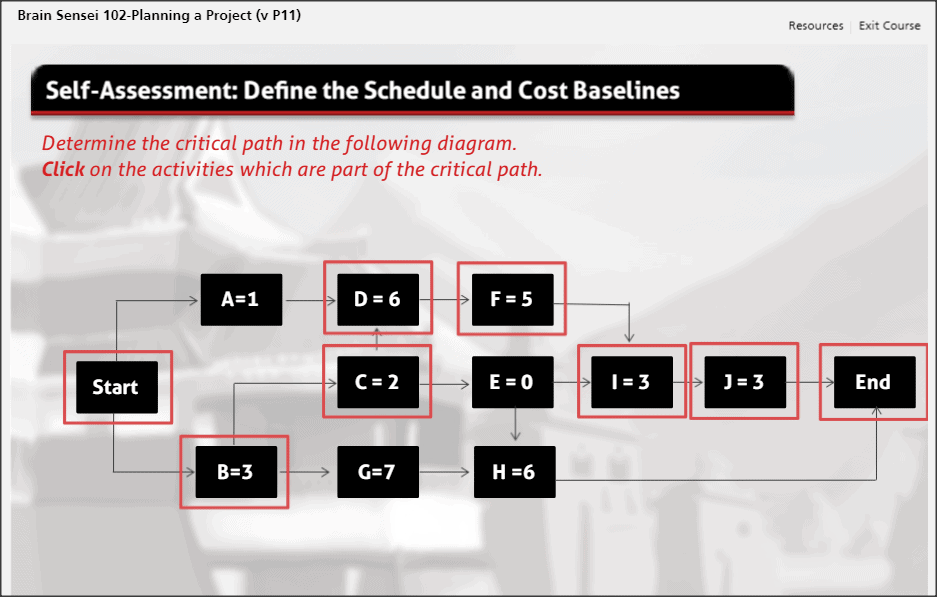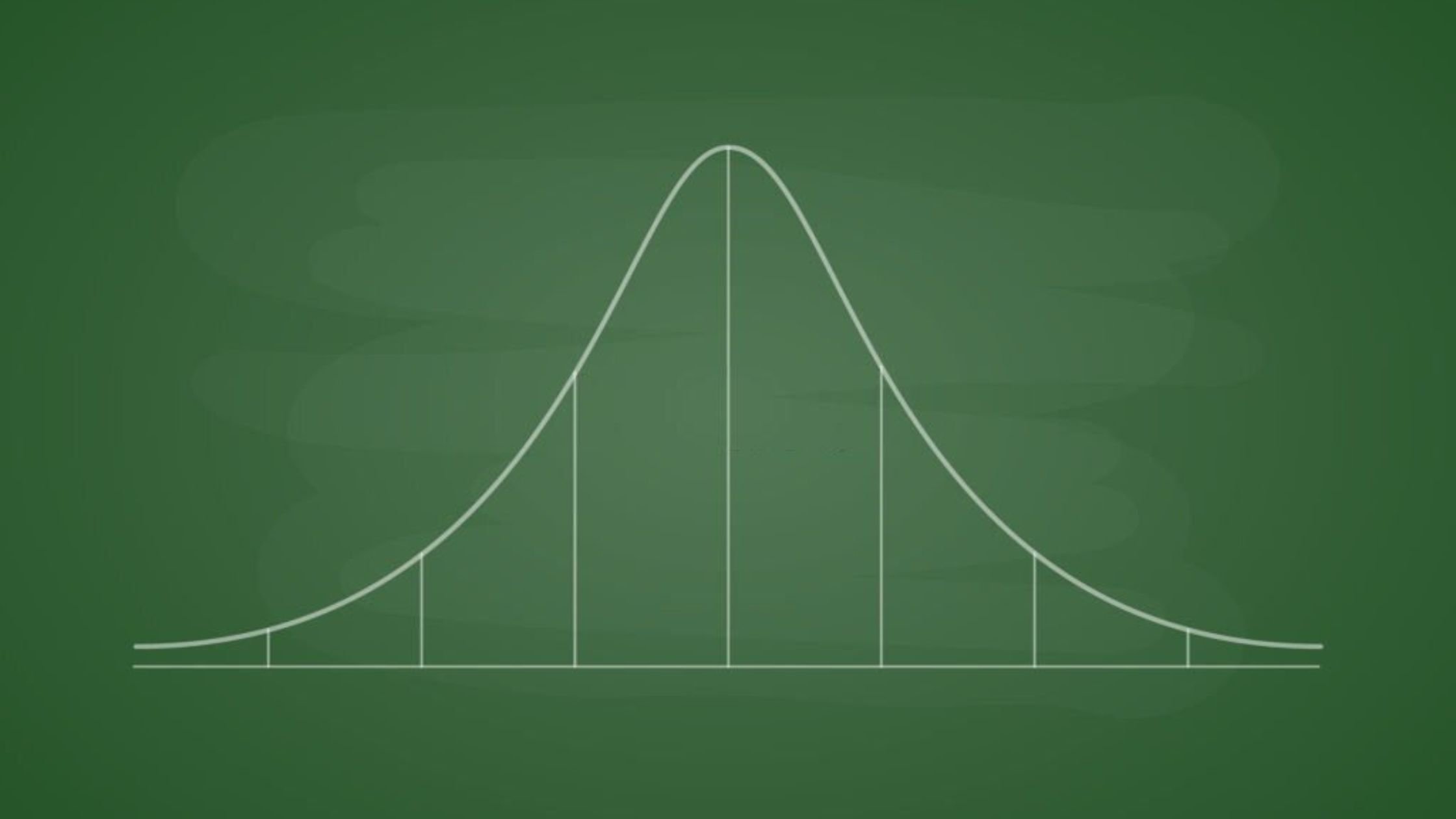

Network diagrams are powerful tools in project management that visually represent project tasks and their relationships. They provide a clear and concise overview of project activities, dependencies, and critical paths. In this article, we will explore the 6 key benefits of using network diagrams in project management and how they contribute to project success.
Network Diagram Meaning:
Essentially, a Network Diagram is a chart, graph, or image depicting a visual representation of the relationship between various aspects of a project, activity, or process.
Also referred to as a “Project Network”, “Flow Chart”, or “Project Activity Network” a Network Diagram helps visualize the results of Project Time Management. While the elements that make up a Network Diagram are simple, (essentially well organized boxes, information, and arrows demonstrating the interrelationship of said information), this does not undermine the importance of a Network Diagram. The level of understanding they help impart is invaluable. Network Diagrams can help define when activities will begin. The Network Diagram shows dependencies on other activities, and more.
But how do you begin to make a Network Diagram? Prior to creating a network it is important to consider The Precedence Diagramming Method (PDM) which is the most often used method for the best way to start.
Keep reading to learn the 6 Advantages of Using Network Diagrams!
Are you applying to become a Project Management Professional (PMP)? Network Diagrams are a very useful tool in project management. Understanding network diagrams is key to passing the PMP exam.
Here’s an example of a network diagram with lettered tasks and the number of days for each task’s duration.
6 Advantages of Using Network Diagrams
- Network Diagrams help you create accurate Time Estimates, and explain those estimates to others. Because a Network Diagram clearly shows the relationships between major aspects and activities of a project, it can help you both estimate and demonstrate the necessary time required in order to accomplish the entire project. Estimating project durations properly is a key aspect of PMP.
- Network Diagrams help project managers organize, plan, and control the flow of activities. The visual representation can quickly highlight potential issues as well as better understand dependencies. This allows a project manager to move things around as necessary, communicate with the involved parties, and clearly outline the scope of work for everyone involved.
- Network Diagrams clearly demonstrate the interdependencies of various parts of the larger plan. Putting the activities that need to occur into a clear order of operations is imperative to understanding not only when, but how things will be accomplished.
- Network Diagrams showcase an easy to understand workflow of the project. A network diagram can help clearly communicate to a large number of people the workflow of the project and their place in helping move the project along. With larger projects, it’s oftentimes easy for people to be confused about the importance or purpose of their part of the project.
- Network Diagrams illustrate opportunities for optimizing the schedule. When people understand better what depends on their portion of a project, and what precedes it, it can spark ideas for activities and assets that are created to be optimized better for the next step of the process. These optimizations, from better organized assets to clearer communication, can reduce the friction of projects moving along to new steps and shorten the schedule overall.
- Network Diagrams demonstrate the progress of a project. With a clearly defined roadmap to completion and success, it’s easy to see where the project stands both in how close it is to being completed, as well as what roadblocks are holding things up. It is encouraging to watch the progress for all parties involved.
Clearly the utilization of a Network Diagram as a PMP is to everyone’s benefit. They offer clearer time management and estimations, an understanding of interdependencies of activities, and a clear view of the overall workflow. They can help communicate, motivate, and clarify for all parties what is going on in a bigger picture way as well as identify optimizations and issues in advance. It’s no wonder they are a commonly used tool in the arsenal of any project management professional!
Sign-up for a 7-day free trial! Try the first two modules of Brain Sensei’s story-based PMP and CAPM Exam Prep courses and a mini practice exam and see how it all works
Conclusion
Network diagrams offer numerous benefits in project management, from visualizing project tasks and identifying critical paths to managing dependencies, optimizing resource allocation, facilitating communication, and improving project scheduling. By utilizing network diagrams effectively, project managers can enhance their planning, decision-making, and overall project performance. Embrace the power of network diagrams as a valuable tool in your project management toolkit to drive project success.
Have you led projects and are looking to earn a project management certification? You might be interested in learning about how lucrative this can be. Check out these articles.
13 PMP Benefits Once You Get The PMP Certification
No experience leading projects but still want to get into project management? No problem! Check out these articles.
CAPM Certification Eligibility
What is a Certified Project Manager; How do I get PM Certifications



